Double conjunctions in German
23.02.2025
4 minutes to read
Double conjunctions in German are expressions that connect two sentences or parts of a sentence. They help to make speech more interesting and varied. For example, such conjunctions as “entweder.... oder” or ”nicht nur... sondern auch.” It's as if you were speaking two sentences in one, but using these conjunctions. In general, they make German more lively and help you convey your thoughts accurately!
Table of contents
A double conjunction in German is a combination of two conjunctions that work together to connect parts of a sentence or multiple sentences. They come in many forms, but what they all have in common is that they help connect thoughts and make speech flow more smoothly. For example, in the conjunction “nicht nur.... sondern auch”, the first word adds information and the second word emphasizes that it is something important or unexpected.
Why are they needed? They help to make speech more expressive, not by repeating the same thing, but by adding variety. Instead of saying “Ich habe einen Hund und eine Katze” (I have a dog and a cat), you can say “Ich habe nicht nur einen Hund, sondern auch eine Katze” (I have not only a dog but also a cat). This sounds more interesting and a bit more colorful!
Double conjunctions help you express exactly how you perceive the relationship between ideas: for example, opposition, addition or choice. They're like superpowers for your language!
Why are they needed? They help to make speech more expressive, not by repeating the same thing, but by adding variety. Instead of saying “Ich habe einen Hund und eine Katze” (I have a dog and a cat), you can say “Ich habe nicht nur einen Hund, sondern auch eine Katze” (I have not only a dog but also a cat). This sounds more interesting and a bit more colorful!
Double conjunctions help you express exactly how you perceive the relationship between ideas: for example, opposition, addition or choice. They're like superpowers for your language!
What a “double conjunction” is in German and what it is for
Types of paired conjunctions in German
In German, there are several types of paired conjunctions that help us connect parts of sentences. Let's understand what they are and how to use them.
Negation with clarification
This type of paired union helps us express negation with an additional specification. Usually such unions show that something is wrong, but there is some other important information. Example: “nicht nur... sondern auch.” In this case, the negation comes first and then the clarification, which makes the speech more complete.
Example: “Es ist nicht nur schwierig, sondern auch langweilig.” (It is not only difficult, but also boring.)
In this example, first we say that something is not only difficult, and then we add that it is also boring - specifying exactly how bad it is.
Example: “Es ist nicht nur schwierig, sondern auch langweilig.” (It is not only difficult, but also boring.)
In this example, first we say that something is not only difficult, and then we add that it is also boring - specifying exactly how bad it is.
This conjunction is used when we need to list several items or things while emphasizing their equal importance. This kind of union helps to connect two similar or the same elements. Example: “nicht nur... sondern auch” and ”sowohl.... als auch”.
Example: “Ich habe sowohl einen Hund als auch eine Katze.” (I have both a dog and a cat.).
In this example, we list two items and emphasize that both are important to us.
Example: “Ich habe sowohl einen Hund als auch eine Katze.” (I have both a dog and a cat.).
In this example, we list two items and emphasize that both are important to us.
Double enumeration

Double negation
This type of paired conjunction is often used when we want to deny something twice, emphasizing that something is not or will not be. It helps to further emphasize that something definitely does not exist. Example: “weder... noch.”
Example: “Ich habe weder Zeit noch Lust.” (I have neither time nor desire.).
Here we have denied twice that we have anything: neither time nor desire.
Example: “Ich habe weder Zeit noch Lust.” (I have neither time nor desire.).
Here we have denied twice that we have anything: neither time nor desire.
Alternative
This conjunction shows that there is a choice between two options and one has to choose between them. It helps to express an alternative - something one way or the other. Example: “entweder... oder.”
Example: “Entweder gehen wir ins Kino, oder wir bleiben zu Hause.” (Either we go to the movies or we stay at home.)
Here we give two options: one or the other, and the person has to choose which suits him better.
These are such different kinds of paired conjunctions in German. They help to diversify our speech and make it more expressive!
Example: “Entweder gehen wir ins Kino, oder wir bleiben zu Hause.” (Either we go to the movies or we stay at home.)
Here we give two options: one or the other, and the person has to choose which suits him better.
These are such different kinds of paired conjunctions in German. They help to diversify our speech and make it more expressive!
This website uses cookies to give you the best possible experience.















